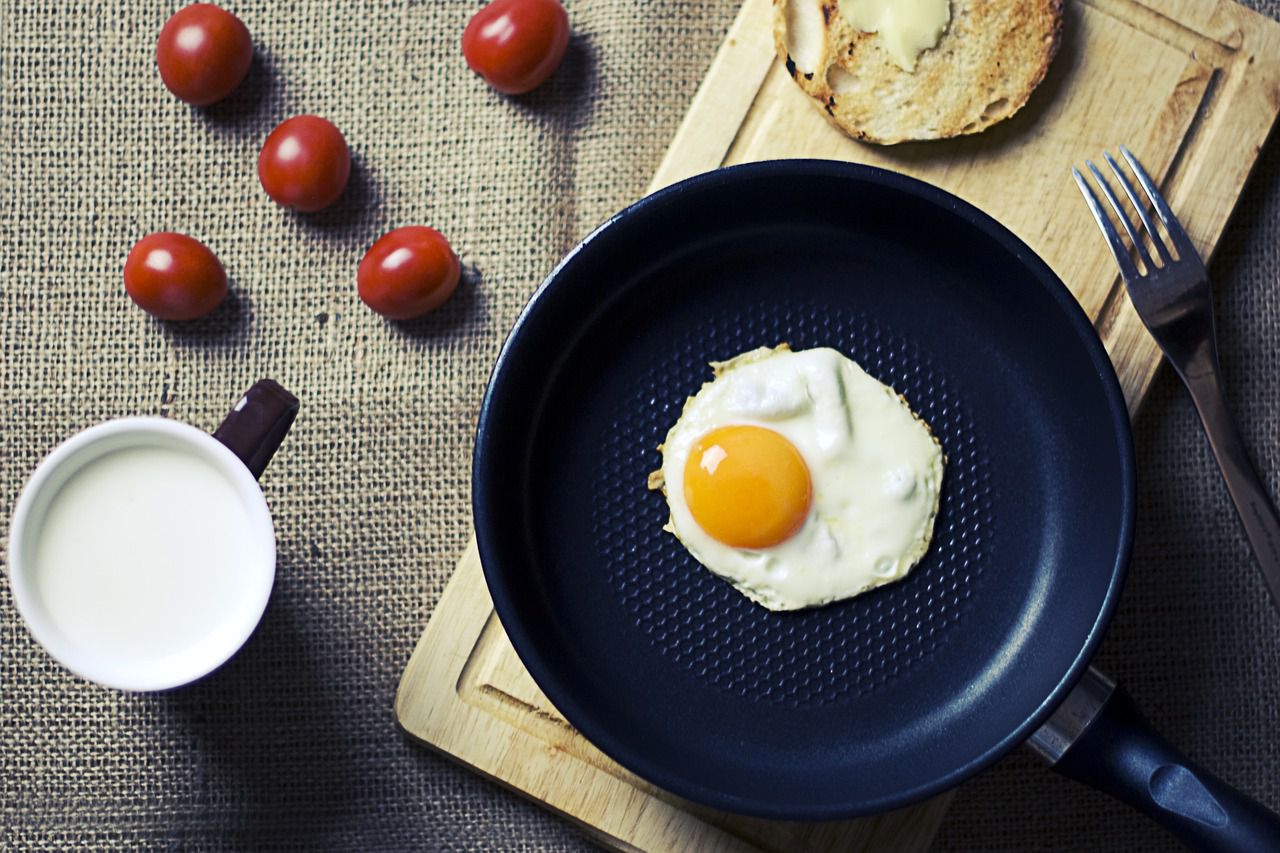The longevity of an anti-stick coating, often found on cookware such as non-stick pans, can vary based on several factors.
The quality of the coating, how it's used, and how well it's cared for all play a role in determining how long the coating will last.
Here are some considerations.

Quality of the Coating
Higher-quality anti-stick coatings tend to last longer than lower-quality ones.
Coatings from reputable brands and manufacturers that use advanced technology and materials are likely to have better durability.
Cooking Techniques
The way you cook with non-stick cookware can impact its longevity.
Using gentle cooking techniques like low to medium heat and avoiding high heat or overheating the pan can help extend the life of the coating.
Utensils
The type of utensils you use on non-stick cookware matters.
Metal utensils can scratch and damage the coating, leading to a shorter lifespan.
It's advisable to use utensils made from silicone, wood, plastic, or other non-abrasive materials.
Cleaning and Care
Proper cleaning and care are essential for preserving the anti-stick properties.
Avoid using abrasive scouring pads or harsh cleaning agents that can degrade the coating.
Hand washing with a mild detergent and a soft sponge is recommended.
Frequency of Use
The more frequently you use non-stick cookware, the quicker the coating may wear down.
If you use these pans daily, they might need replacement sooner compared to occasional use.
Heating and Cooling
Rapid temperature changes, such as exposing the pan to extreme heat and then immediately cooling it, can affect the integrity of the coating.
Allowing the pan to cool down before cleaning or submerging it in water is beneficial.













